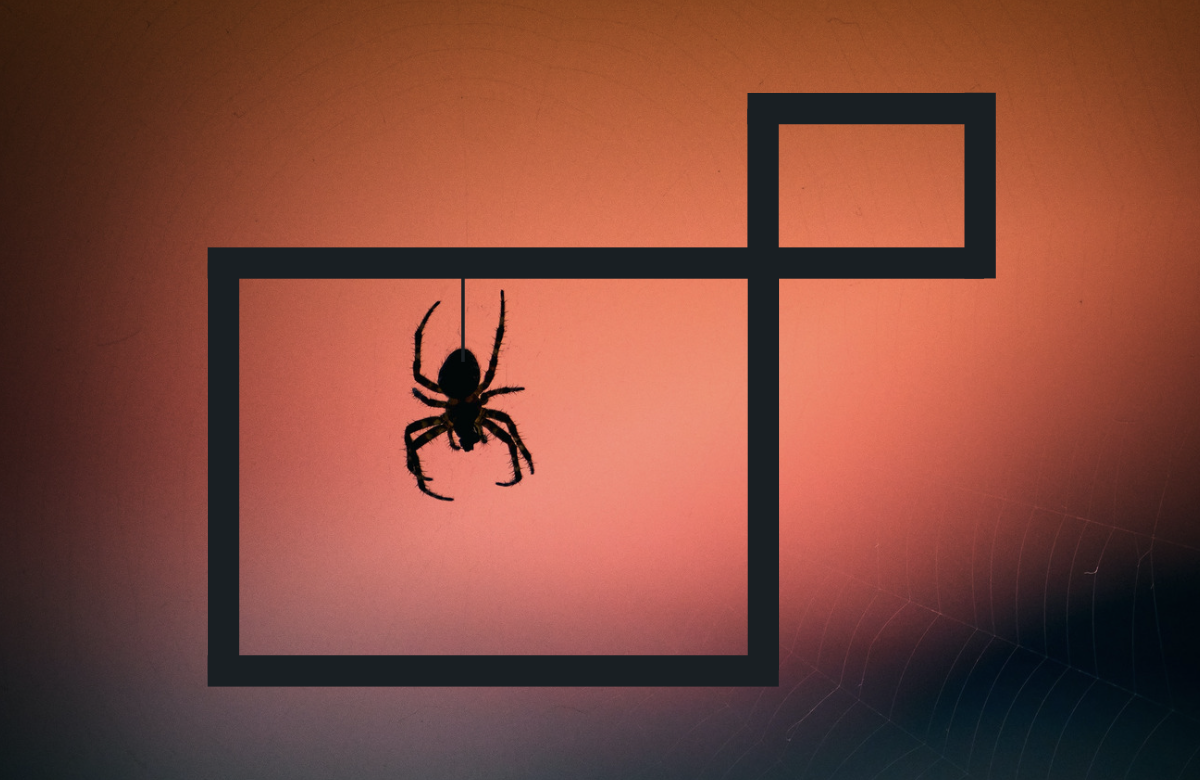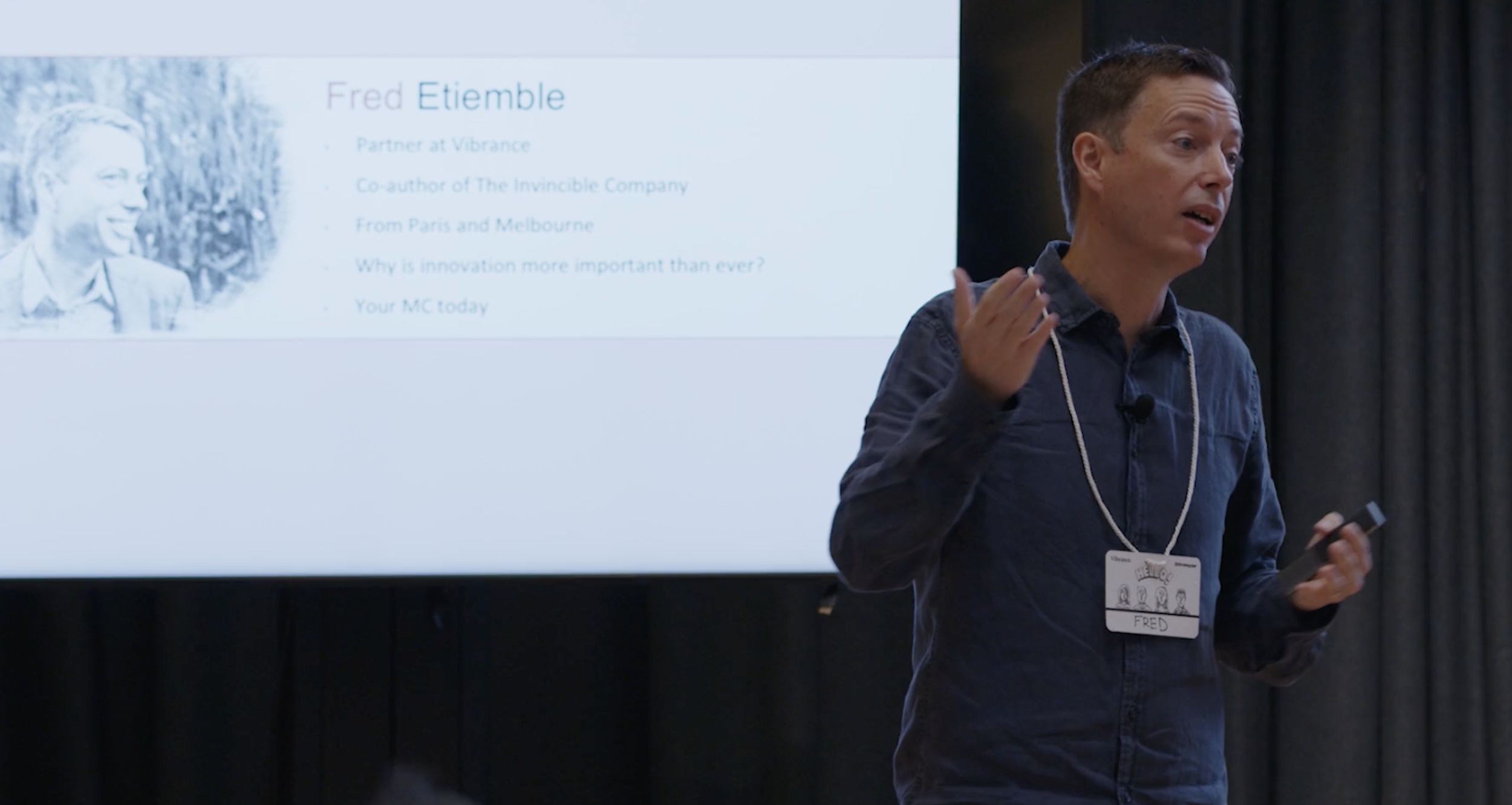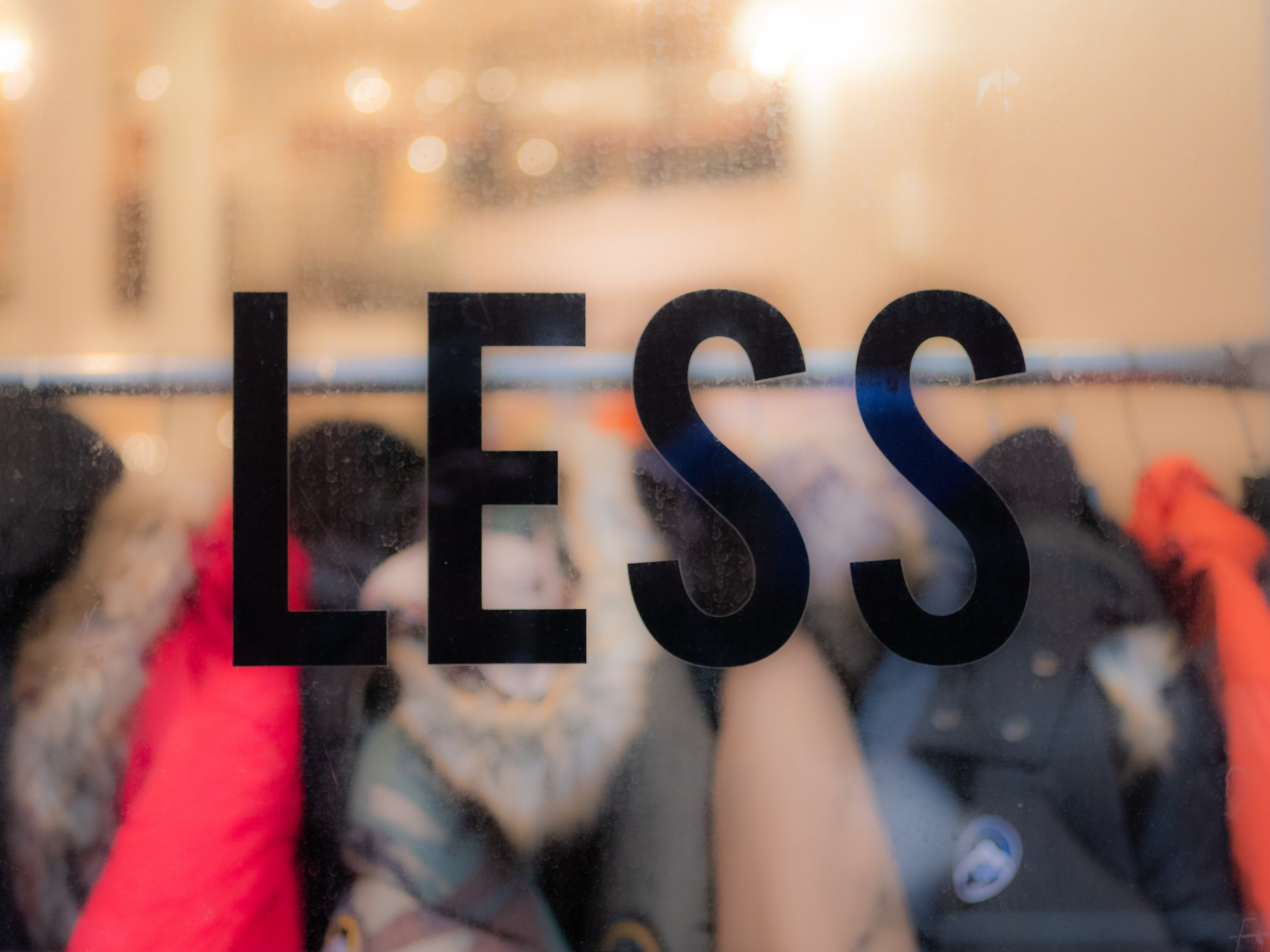How far should your innovation team reach?
Photo by Denis Degioanni on Unsplash
I vividly recall my early foray into the realm of innovation, realising the many misunderstandings around this concept within organisations. The image of a solitary genius, akin to Thomas A. Edison, often dominated the narrative of innovation, presenting it as an individual endeavour marked by ground-breaking ideas stemming from a singular mind.
"I make more mistakes than anyone else I know, and sooner or later, I patent most of them." — Thomas A. Edison
From Lone Genius To Innovation Team
For a bit of fun, let’s picture an imaginary reaction by Thomas A. Edison’s business coach to that bold statement and the dialogue that would follow.
Coach: “Thomas, I love the confidence but you need to become a better team player. Remember, there’s no I in team.”
Thomas: “But there’s an I in Innovation”
(Basketball fans from the 90ies might be able to recreate the original dialogue between legendary coach Phil Jackson and the Chicago Bulls star player Michael Jordan.)
Back to reality now… and in reality, true innovation thrives on teamwork, a collective effort drawing strength from diverse perspectives. Dismantling the myth of the lone genius has been instrumental in opening doors to a more inclusive and dynamic innovation landscape.
Recognising the pivotal role of collaboration, leaders in large organisations now understand the need to break down internal barriers and that success in corporate innovation relies on fostering better collaboration within different facets of the organisation.
As the African proverb wisely states:
"If you want to go fast, go alone. If you want to go far, go together."
Leveraging External Partners
But breaking internal boundaries is just the beginning; the next step involves dismantling external barriers. How could organisations leverage external entities to enhance innovation outcomes? Beyond the traditional supply contracts, the answer lies in embracing a broader perspective of innovation execution. Organisations could tap into external resources through strategic partnerships or acquisitions.
In 2018, I co-authored a "partnership guide" for a Fortune 500 company, emphasising the transformative impact of external collaboration on innovation outcomes. The Chief Innovation Officer there was convinced that she could create much more value and accelerate the time-to-market of innovation significantly through better partnerships. The guide highlighted how to scan for potential partners, how to make buy, build, or partner decisions, and how to execute a strategic partnership.
Learning this new playbook was challenging to existing ways of working but it proved worthwhile.
Co-designing With Customers
As collaboration with suppliers and partners became more commonplace in organisations, a new practice emerged: co-designing with customers. This involves co-creating solutions directly with those who would benefit from them.
In 2017, I contributed to the book "Collaboration by Design" written by Philippe Coullomb and Charles Collingwoods-Boots. The commitment to collaboration is at the core of their value creation approach. And co-designing with customers is for sure one of the most powerful collaborative approaches, bringing customers into the room where potential solutions would be brainstormed and co-designed.
While the industry has grown comfortable leaving an empty chair for the customer – as per the well-known Amazon practice - or adorning walls with customer personas, the idea of bringing real customers into the room often triggers varying reactions from discomfort to high anxiety. Indeed, it takes time, support, and a bit of courage to get used to co-designing with customers. But once again it’s worth the extra effort. LEGO is one of the few companies that have now made it part of their normal ways of working and even industrialised it. On the LEGO Ideas platform, users can submit their own designs for LEGO sets and vote on their favourite designs. Most popular ones are turned into official LEGO products, reflecting the creativity and preferences of the LEGO community.
A few months ago, we had the opportunity to assist one of our clients in implementing different approaches (including co-design workshops and co-design sprints) to start co-designing with their customers. Involving customers early on in the design process has enabled them to develop a much deeper understanding of customer jobs, pains, and gains, leading this company to develop more fit-for-purpose solutions, much faster.
Re-designing Your Ecosystem
Over time, realising value through innovation led to mobilising cross-functional teams within organisations, collaborating with external partners, and co-designing with customers. Innovation now involves the collaboration of even more extensive and diverse teams, prompting the development of tools and methods (e.g. Design Thinking, Lean Startup, Business Modeling, Discovery-Driven Planning, Agile, etc.) to manage the increased uncertainty and complexity.
As if this collaboration challenge wasn't big enough, Greg Bernarda now increases the stretch by urging us to "extend our team" further, involving unusual partners in the mix. This intriguing idea is part of his ground-breaking work on ecosystems. Greg suggests that we can redefine the contours of ecosystems, incorporating actors crucial to realising new societal visions, often different from the conventional players.
We should take up Greg’s invitation because ecosystems are emerging as the new frontier for innovation, promising to create even more value for all involved parties and bringing us closer to more lofty societal ambitions. While the upside is promising, it comes with a caveat – the rules of the innovation game are changing once again. On this frontier, those willing to learn the emerging playbook and collaborate with an ever-expanding network of stakeholders will emerge as the outsized winners.
In the insightful words of Yuval Noah Harari in Sapiens, our success as a species is intrinsically linked to our ability to collaborate:
"We control the world basically because we are the only animals that can cooperate flexibly in very large numbers." — Yuval Noah Harari
In the unfolding story of innovation, the final chapter is yet to be written. In previous chapters, we learned how to create products customers want and embed them in sustainable business models. Now, the spotlight is shifting to ecosystems, poised to become the central theme in the next chapter and the innovation challenge of the short to medium-term future. We live in exciting and daunting times, and the ability for innovation to transcend the usual networks could be what defines both economic and human progress over the coming decades.
What unusual partners will you invite to re-design your ecosystem towards a better equilibrium?




















